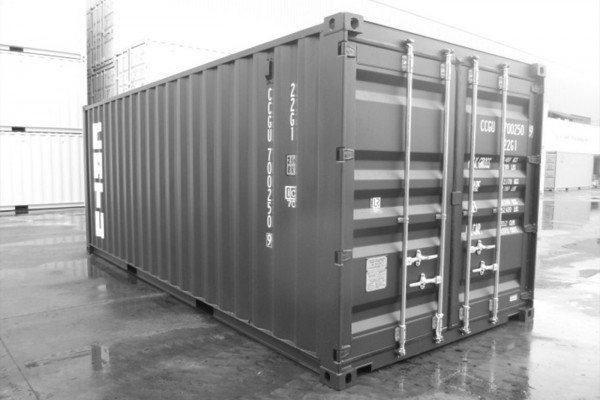Shipping containers are designed to carry cargo around the world, via boat, freight train and HGV lorries. They are designed to be lifted up from a height by cranes and transferred from ship to shore and between other forms of transport such as trains and lorries once on land. Meaning that the entire construction and design of every shipping container needs to ensure that it is strong enough to forgo the constant strain they have to face.
It is important that when you are investing money in purchasing shipping containers that you make the right choice. Buying a container that is strong, safe and secure are the most important things to remember. In order for them to hold a vast amount of cargo and be able to transport for place to place, the design needs to ensure that it can support all of this.

Strength in the corners
A high quality shipping container reinforces the strength in the top corners where they are engaged by the twist locks of a container lifting crane. The corner castings in the top corners of the shipping container are therefore the main points of strength. This reinforcement in the corners is a clear visual que to a high quality shipping container.
The strength is transferred down through the corner posts to the corner castings at the bottom and then through the floor. The floor in nearly every container is constructed of steel cross members approximately 6 inches deep and give transverse strength and support the floor ready for the gross weight once the cargo has been added. Used in conjunction with the rest of the steel frame, this makes the strength of the containers incredibly high.The strength of a shipping container lies within the corner posts and the floor.
Any structural alterations or damage to these components will weaken the container and adjust the amount of net weight the container can hold.
Weight it can hold
There are three relevant weights of a shipping container, the Tare Weight, the Gross Weight and the Payload.
- The Container Tare Weight is the weight of the container without cargo or contents.
- The Container Gross Weight is the weight of the container plus the maximum payload it can hold i.e. the maximum total weight of the container.
- The Payload (or Net Weight) is the weight of the cargo or contents that a container can hold.
These are weights are written on the outside of each shipping container when it is in shipping service so anyone needing to transport or move the container can do so.
Container dimensions
The most common height of a shipping container is 8ft 6ins (2.59m) though 9ft 6ins (2.90m) high containers are becoming increasingly common. In terms of width the standard size of a shipping container is 8ft. This allows for a large amount of cargo to be stacked above head height, allowing for a large volume of stock to be shipped around the world.
It is also important to remember that as nearly all shipping containers are corrugated, that there will be a slight internal loss of both height and width, but this is kept a minimal where possible.
This article is written by Becky Lisbet with useful information from YMC. Becky is Marketing Manager for a digital agency in glorious Batley, West Yorkshire.
